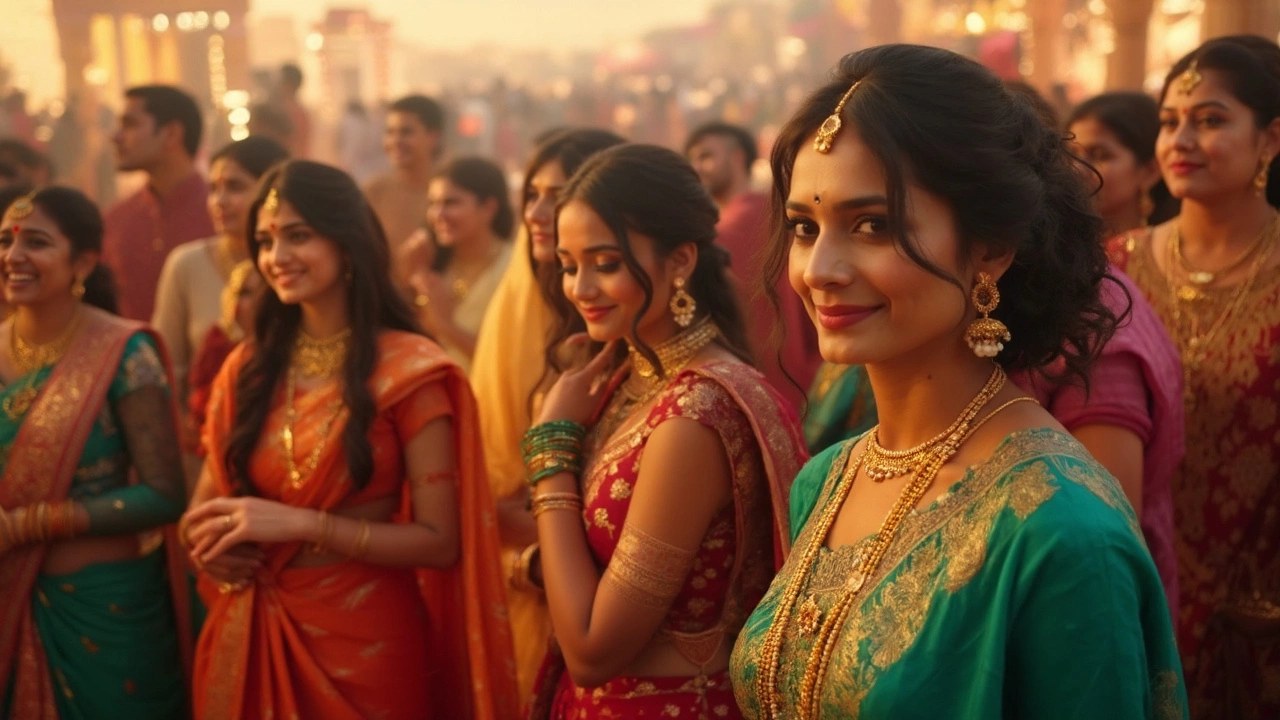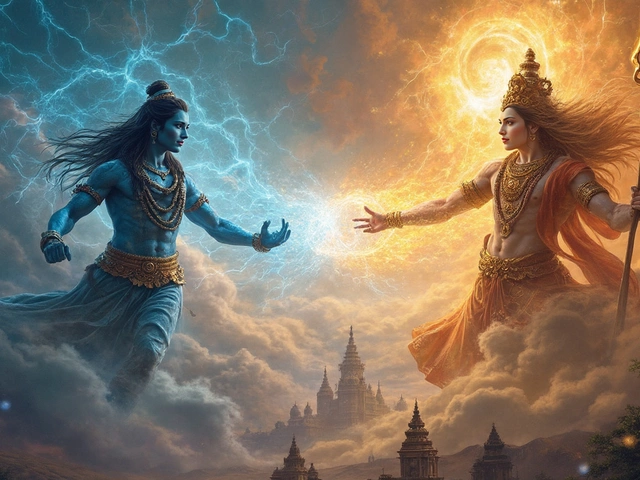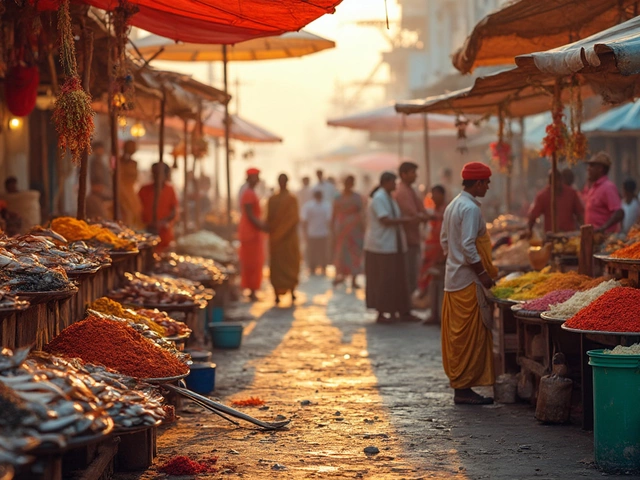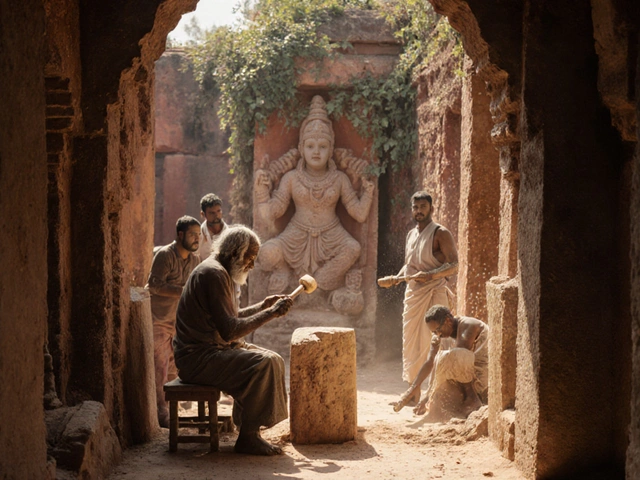Non-Indian Outfit: What Works, What Doesn’t, and Why It Matters in India
When you wear a non-Indian outfit, clothing that originates outside India’s traditional textile and design systems. Also known as Western attire, it can be perfectly fine in cities—but it can also draw unwanted attention in rural areas, temples, or family gatherings. It’s not about banning foreign styles. It’s about knowing where and when they fit. India isn’t one place. What works in Mumbai might offend in Varanasi. What’s normal in Bangalore might raise eyebrows in Jaipur.
Think of Indian dress code, the unspoken rules around clothing that vary by region, religion, and occasion as a living guide, not a lawbook. You don’t need to wear a sari or kurta to be respectful. But showing up in short shorts to a village wedding? That’s not fashion—it’s a cultural misstep. On the other hand, wearing jeans and a t-shirt to a Delhi café? Totally fine. The key is reading the room. Many travelers assume modesty means covering up completely. But in places like Goa or Kochi, tank tops and sundresses are common. In contrast, in Punjab or Bihar, even a knee-length skirt might be seen as too revealing for older generations.
It’s not just about skin. It’s about context. A traditional Indian attire, clothing rooted in centuries of regional craft, fabric, and symbolism like a lehenga or dhoti carries meaning. But so does a pair of ripped jeans in a city center. Neither is right or wrong by itself. The issue comes when one clashes with the expectations of the space you’re in. You don’t have to wear Indian clothes to honor Indian culture. But you do need to pay attention to how your clothes land.
There’s a difference between being a tourist and being a guest. Tourists often think they’re exempt from local norms. Guests know better. If you’re staying with a family in Rajasthan, they’ll notice if you wear crop tops to dinner. If you’re working in a Bangalore startup, your hoodie won’t raise an eyebrow. The same rule applies to religious sites: cover your shoulders and knees before entering a temple, even if you’re not Hindu. It’s not about belief—it’s about respect.
And here’s something most guides miss: modesty norms India, the local standards for what’s considered appropriate coverage in public and private spaces aren’t fixed. They shift with age, education, and urbanization. A 70-year-old woman in a small town might wear a long skirt and blouse. Her granddaughter in Hyderabad might wear leggings and a tunic. Both are correct in their context. Your job isn’t to judge. It’s to adapt.
So what’s the real rule? No blanket answers. No universal dos and don’ts. Just three simple checks: Where are you? Who’s around you? What’s happening? If you’re at a beach, go ahead and wear your swimsuit. If you’re at a temple, cover up. If you’re in a corporate office, smart casual works. If you’re at a wedding, lean toward color and coverage. And if you’re unsure? Ask. Most Indians will appreciate you trying.
The posts below give you real examples—from what to wear at an Indian wedding to how locals actually dress in different states. You’ll find regional breakdowns, traveler stories, and practical checklists. No theory. No fluff. Just what works, what doesn’t, and why it matters when you’re wearing a non-Indian outfit in India.





